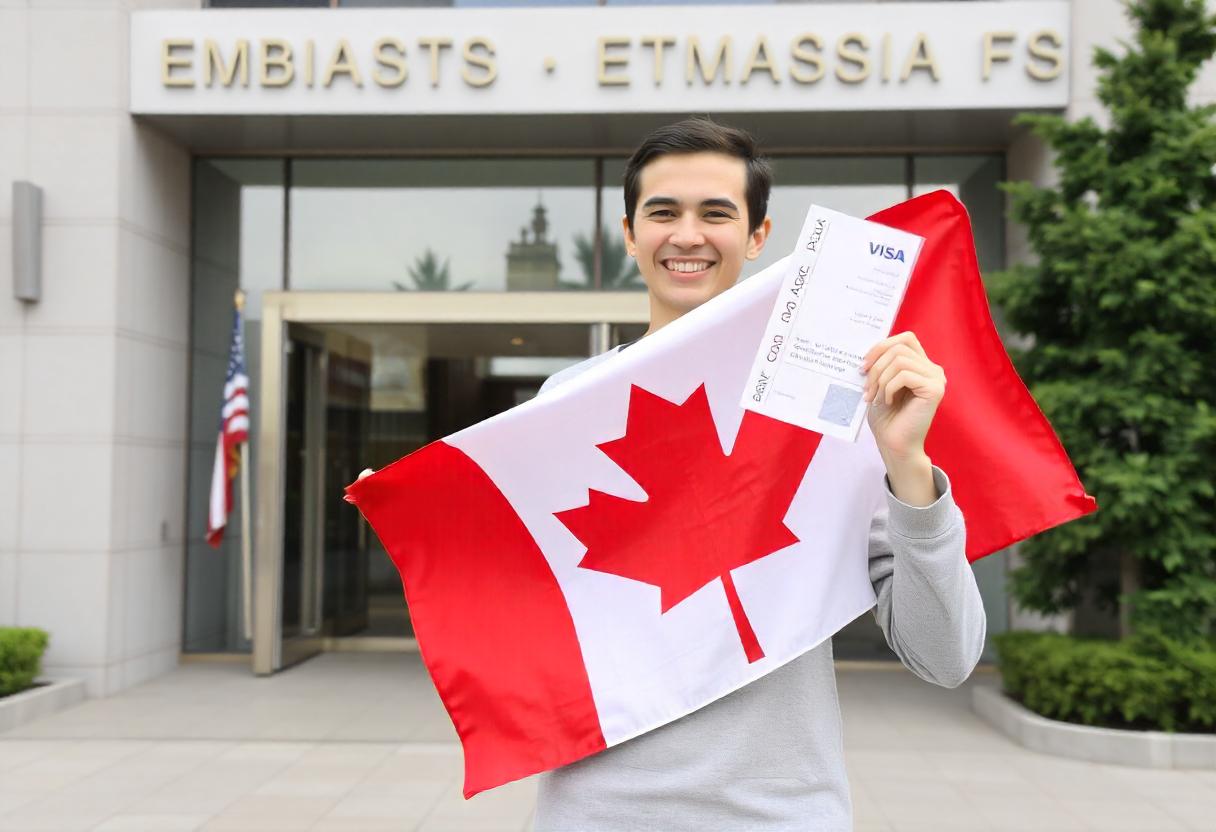Securing a work visa for Canada involves several steps. Here’s a detailed guide on how to navigate the process:
1. Determine Your Eligibility
- Before applying, ensure you meet the basic eligibility requirements:
- A valid job offer from a Canadian employer (for most work permits)
- Sufficient proof of funds to support yourself and your family during your stay
- Clean criminal record (some applicants may need to submit a police clearance certificate)
- Good health (you may need to complete a medical exam)
- Some categories, like the International Experience Canada (IEC) or Global Talent Stream, have specific requirements.
2. Find a Job in Canada
- In most cases, you’ll need a valid job offer before you can apply for a work permit. Popular platforms for finding Canadian jobs include:
- Job Bank (Canada’s national job board)
- Indeed Canada
- Workopolis
- Some visa categories allow for open work permits, but these are typically limited to spouses of workers or students in Canada.
3. Employer Applies for an LMIA (if applicable)
- In many cases, your employer will need to obtain a Labour Market Impact Assessment (LMIA) from Employment and Social Development Canada (ESDC). This document shows that the employer tried to hire a Canadian citizen or permanent resident but was unsuccessful.
- Not all job offers require an LMIA. Jobs under categories such as the Global Talent Stream, Intra-Company Transfers, or those covered by international agreements (like NAFTA/USMCA) may be exempt.
4. Choose the Right Work Permit Type
- There are two main types of work permits in Canada:
- Employer-Specific Work Permit: Tied to a specific employer, job, and location.
- Open Work Permit: Allows you to work for any employer in Canada (limited to certain cases, such as spouses of skilled workers or international students).
- Make sure you apply for the correct type based on your situation.
5. Prepare and Submit Your Work Permit Application
- Apply either online through the Immigration, Refugees, and Citizenship Canada (IRCC) website or at a Canadian visa office in your home country. Required documents typically include:
- Job offer letter or employment contract
- Copy of the LMIA (if applicable)
- Valid passport
- Proof of qualifications (degrees, professional certificates)
- Completed visa application forms
- Photos (meeting Canadian visa specifications)
- Proof of funds (bank statements)
- Police clearance certificate (if requested)
- Medical exam results (if required)
- Some applicants may need to provide biometric information (fingerprints and photos) as part of the application.
6. Pay the Application Fees
- Work permit application fees are typically around CAD 155. If you are required to provide biometrics, there is an additional fee of CAD 85.
- Payment methods and fees may vary depending on whether you apply online or through a visa office.
7. Wait for Processing and Approval
- Processing times for Canadian work visas can vary depending on your home country, the visa office handling your case, and the type of work permit. Check processing times on the IRCC website.
- If your application is approved, you will receive a letter of introduction that confirms your work permit. This is not your actual work permit; you will receive the permit when you arrive in Canada at a port of entry.
8. Prepare for Arrival in Canada
- Upon arrival, present the letter of introduction, your passport, and any other supporting documents (such as the job offer and proof of funds) to a Canadian Border Services Agency (CBSA) officer at the port of entry.
- The officer will issue your official work permit after verifying your documents and confirming your eligibility.
9. Post-Arrival Requirements
- After securing your work permit and arriving in Canada, be sure to:
- Apply for a Social Insurance Number (SIN) from Service Canada, which you’ll need to legally work and receive payments.
- Obtain health insurance coverage, as you may need private insurance until you are eligible for provincial healthcare.
- Settle any accommodations and register with local authorities if required.
10. Extend or Change Your Work Permit (if necessary)
- If you wish to extend your stay or switch jobs, you may need to apply for a new work permit. Some people may also transition to permanent residency through programs like the Canadian Experience Class (CEC) or Provincial Nominee Program (PNP) after gaining work experience.
By following these steps and carefully preparing your application, you can increase your chances of successfully securing a Canadian work visa.










Leave A Comment